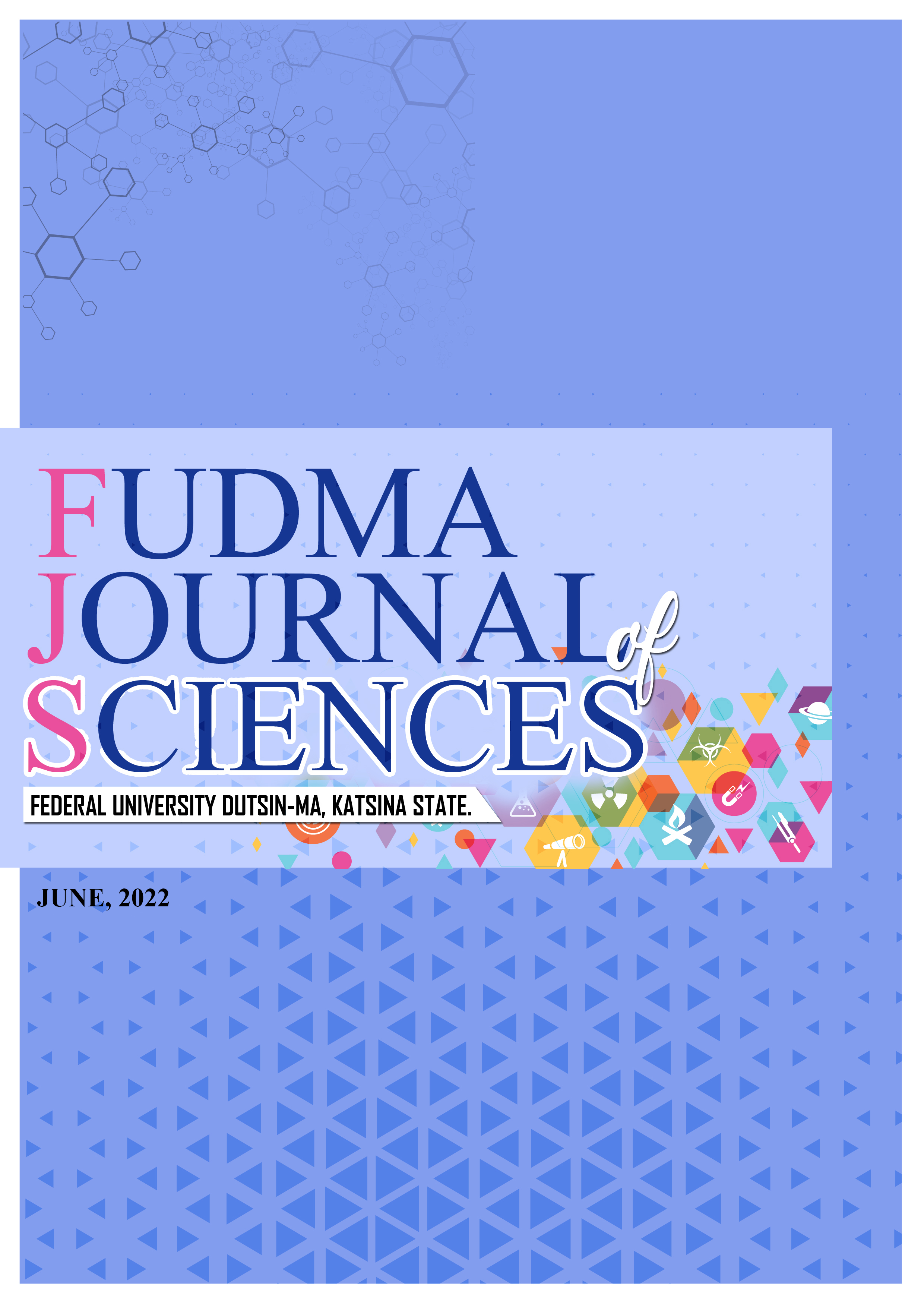PLASMA FIBRINOGEN: A CARDIOVASCULAR RISK BIOMARKER IN TYPE 2 DIABETES MELLITUS SUBJECTS
Plasma fibrinogen
Keywords:
Diabetes mellitus, Plasma fibrinogen, cardiovascular disease, NigeriaAbstract
Diabetes mellitus is a public health disease considered as metabolic and endocrine disorder that has been involved in cardiovascular episode. Fibrinogen, a glycoprotein has been incriminated as a risk factor of cardiovascular disease. This study aims to evaluate the plasma fibrinogen concentration of type 2 diabetes mellitus subjects in Agbor, Nigeria. A total of three hundred and ninety six (396) respondents were recruited into the study which comprises of three hundred and six (306) type 2 diabetes mellitus and ninety (90) age and sex matched apparently healthy subjects as controls. Five milliliters (5ml) of venous blood was collected aseptically with minimum stasis and dispensed into appropriate containers. Plasma fibrinogen concentration was evaluated using standard methods while statistical package for social sciences was employed to determine difference in mean ± standard deviation using student t test. Diabetes mellitus subjects exhibit a significantly (p<0.050) higher plasma fibrinogen than apparently healthy subjects when compared. Also, male diabetes mellitus show a significantly (p<0.05) higher plasma fibrinogen than female diabetes mellitus subjects when compared. In the same vein, male apparently control subjects show significantly (p<0.05) than female apparently control subjects when compared but there is no significant (p>0.05) difference observed in the age of all respondents. It is therefore pertinent to state that type 2 diabetes mellitus are prone to cardiovascular disease as well as the male gender. It is therefore recommended that plasma fibrinogen should be done regularly for diabetes mellitus subjects as well as life-style modification to prevent excess mortality





